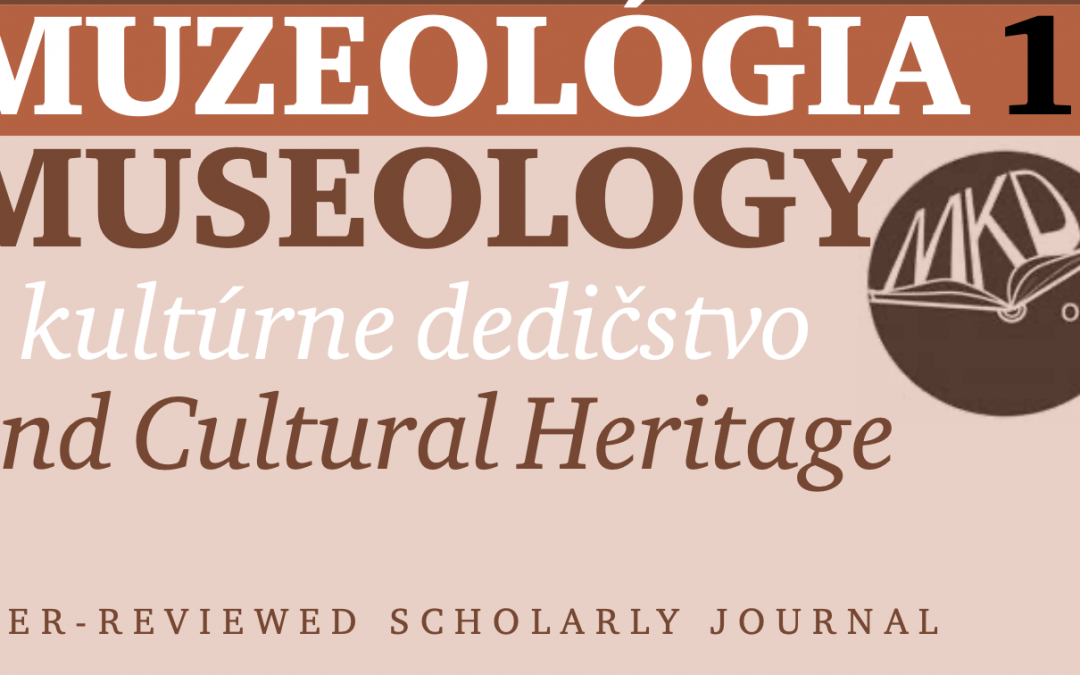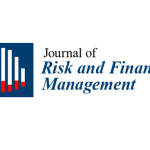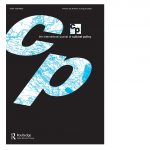Daniela Angelina Jelinčić, PhD, Senior Research Adviser from the Department for Culture and Communication and Karla Jelinčić, independent researcher published the article „Surprise me Softly: The Element of Surprise in Designing Museum Experiences“ the Muzeológia a kultúrne dedičstvo (Museology and Cultural Heritage) journal. The article represents one of the research results of Daniela Angelina Jelinčić’s research undertaken at the University of Georgia, Athens, USA during 2019-2020, within the framework of her Fulbright scholarship. The journal is indexed in the Emerging Sources Citation Index (ESCI) and Scopus with Q1 quartile (museology) impact factor.
Abstract:
Experience design has become a widely discussed topic. Museums use experience design for engaging their visitors and culture offers exceptional tools for it. Visual arts and music are particularly effective in eliciting visitors’ emotions. However, there are a number of visual and acoustic cues that influence museum visitor response behaviours. Understanding the ways in which the human brain processes information provides a basis for furthering experience design principles. This study focuses on the emotion of surprise, considered especially effective for engaging visitor attention, providing meaning and affecting memory. The methodology involved monitoring psychophysiological responses and selfreports to assess research participants’ reactions to visual/acoustic stimuli. The aim was to confirm/detect types of sensory stimuli that generate the emotion of surprise, to see if participants have similar reactions to stimuli and whether individuals’ self-reports are aligned with their psychophysiological reactions. The results showed that musical stimuli are more effective than visual arts in eliciting surprise. While the study showed no clear indications that visual cues have an effect on surprise, musical cues, such as rapid attack, large pitch variation, higher harmonics, slow tempo with a sudden interruption, and sudden change in loudness do seem to play a role. Other cues, such as major key, 4/4 meter, timbral difference, and diatonic harmony also have an impact on the elicitation of surprise. These are important implications for designing museum experiences.





